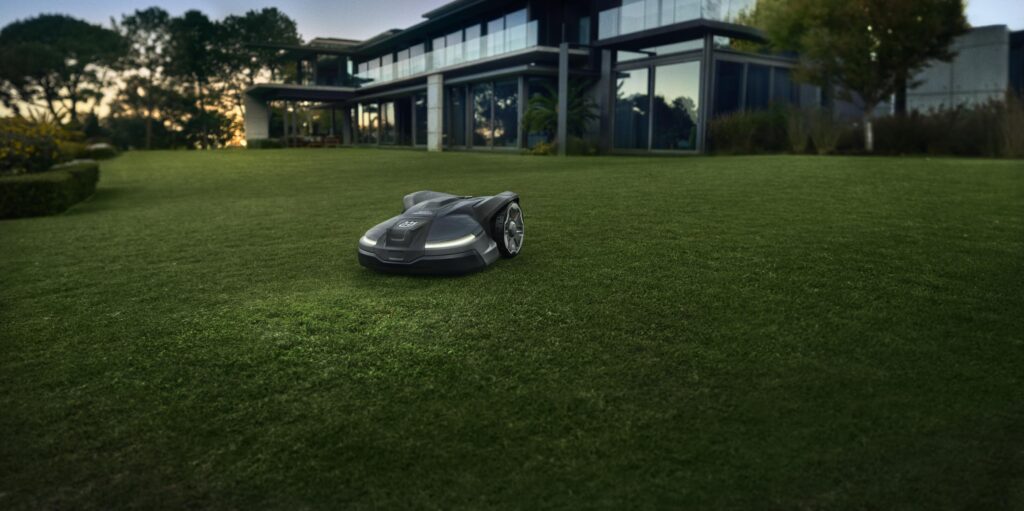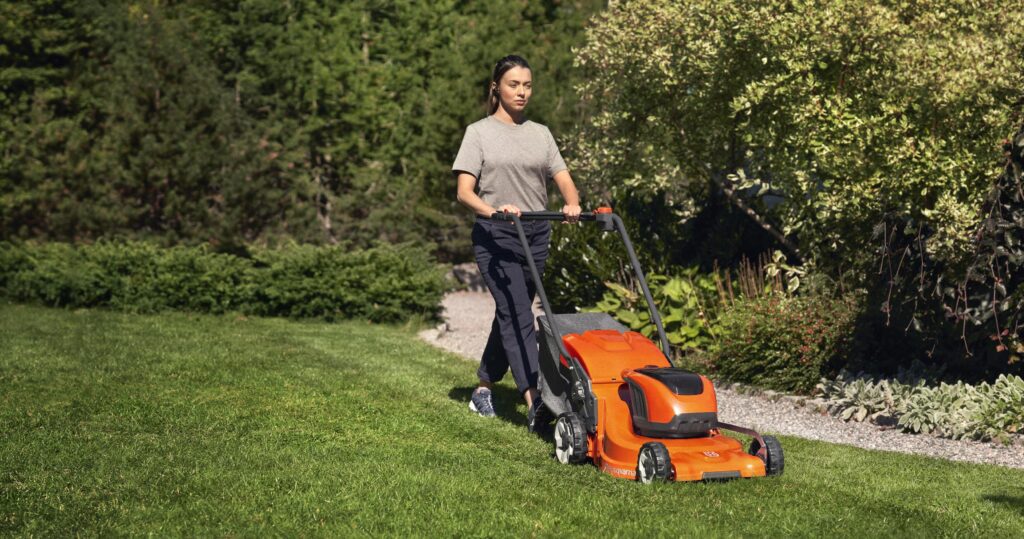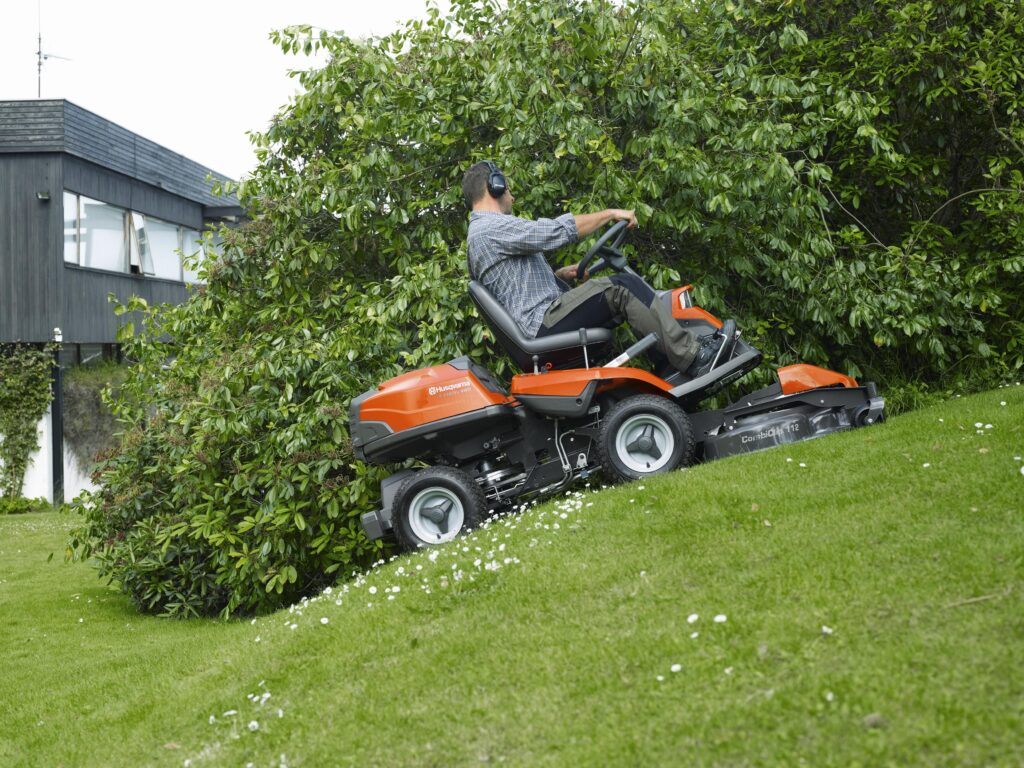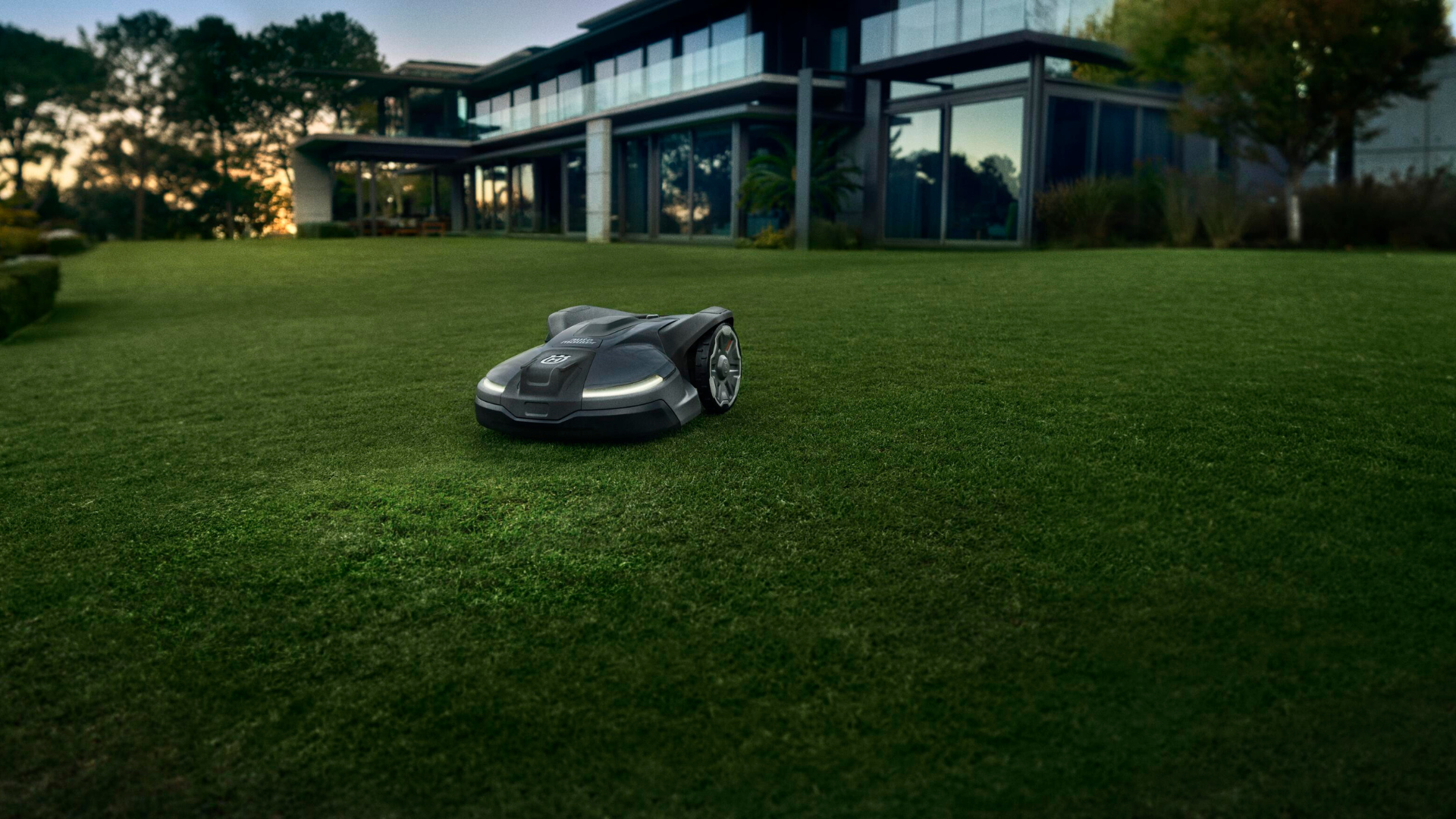When it comes to lawn care, homeowners, landowners and even greenspace professionals are faced with an array of mower options with which to achieve a beautifully manicured lawn. Choosing between a traditional mower, ride-on mower or automower can pose a challenge though as each promises the perfect balance between precision, efficiency and convenience but the question is: which one will fully meet your specific needs?
Wynand Lombaard, Product & Pricing Specialist at Husqvarna, South Africa provides some guidance on how to determine what type of mower is best to keep your lawn in tip-top shape. As with any significant purchase, budget considerations are at the forefront when making your decision, often outweighing personal preferences. According to Lombaard, “Both ride-on and automowers typically come with a considerably higher price tag than traditional mowers. However, apart from being the more cost-effective option, traditional mowers are still highly effective in getting the job done.”
He offers a comparison between the three types to assist your decision-making:
1. Traditional Mowers
- Staple of most small to medium-sized gardens. Suitable for lawns of up to 800m² on average.
- Available in both battery electric and petrol models.
- Petrol mowers excel in power and durability, are robust and can handle various terrains, including slopes and rough patches. They are also able to manage thick and taller grass.
- Battery mowers are lightweight, quiet and eco-friendly. They work well on flat to moderately uneven ground with gentle slopes and require minimal maintenance.
Drawbacks:
- Petrol mowers can be noisy.
- Traditional mowers require more time and physical effort.
2. Ride-on Mower
- Best suited for half-acre or larger lawns.
- They are designed to handle varying landscapes and uneven or rolling terrain.
- Their greatest advantage (apart from being able to sit in comfort rather than walk behind a mower) is their speed and they can mow very large areas in a very short time. In fact, no mower can compete in this regard.
- Able to mow very tall, thick or coarse grass, which is great, particularly if you have not mowed for a while.
Drawbacks:
- Less agile and unable to navigate very steep inclines.
- Higher maintenance and fuel consumption costs.
3. Automower (Robotic Mowers)
- An automower operates autonomously and mows according to a set schedule, giving you more free time.
- Most are designed to cut between a quarter and half an acre of lawn.
- They are versatile and can operate in uneven, hilly terrain and are also able to navigate slopes.
- Their mulching capability is great for your lawn and they are environmentally friendly.
- Low maintenance and operating costs.
Drawbacks:
- Lawns have to be obstacle-free.
So, in a nutshell, traditional mowers suit smaller spaces and come with features to suit every budget. Ride-on mowers conquer vast lawns, are efficient and require reduced physical effort. Robotic mowers bring futuristic ease to maintaining a manicured lawn – the equivalent of a robotic vacuum cleaner for your house.
“Ultimately, all mowers have their merits and drawbacks, but all contribute to well-maintained lawns. Choosing the right one all comes down to budget both pre- and post-purchase, land size, terrain, and personal preference,” concludes Lombaard.







